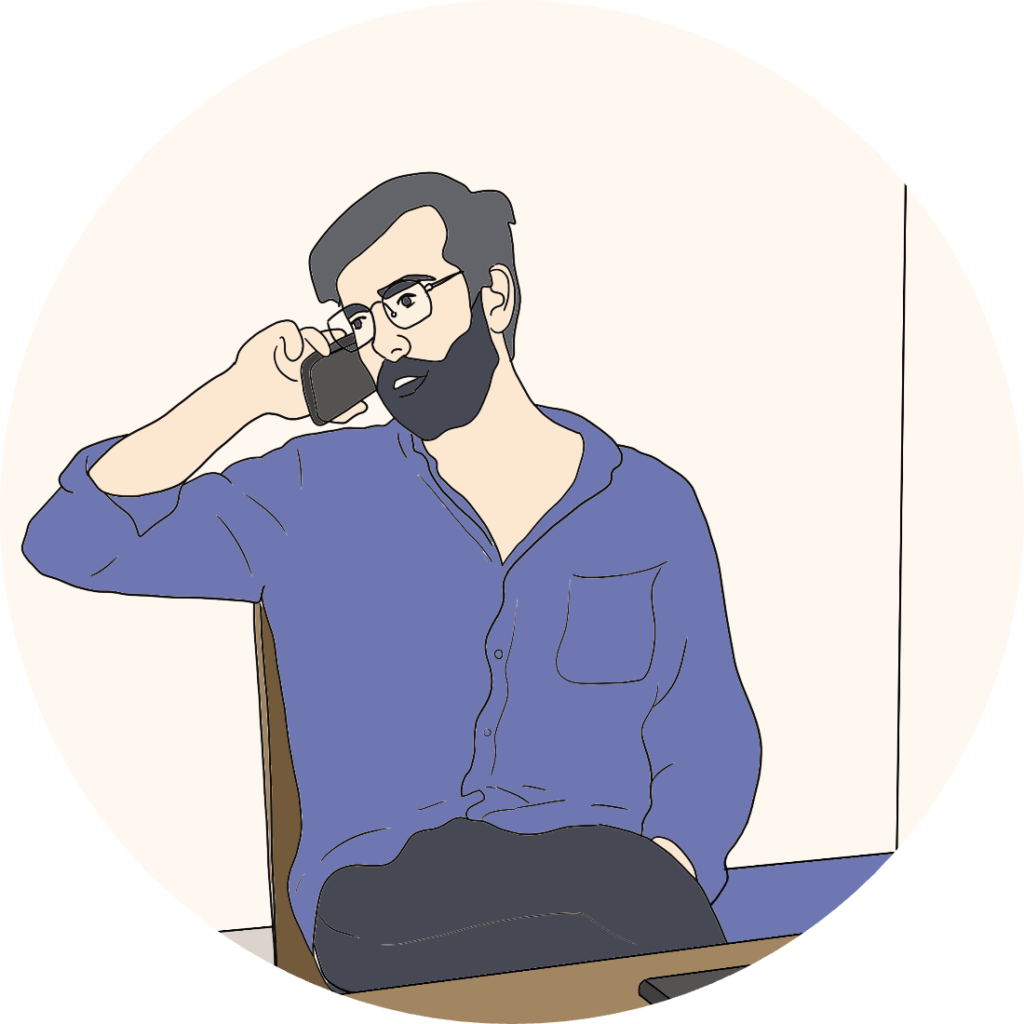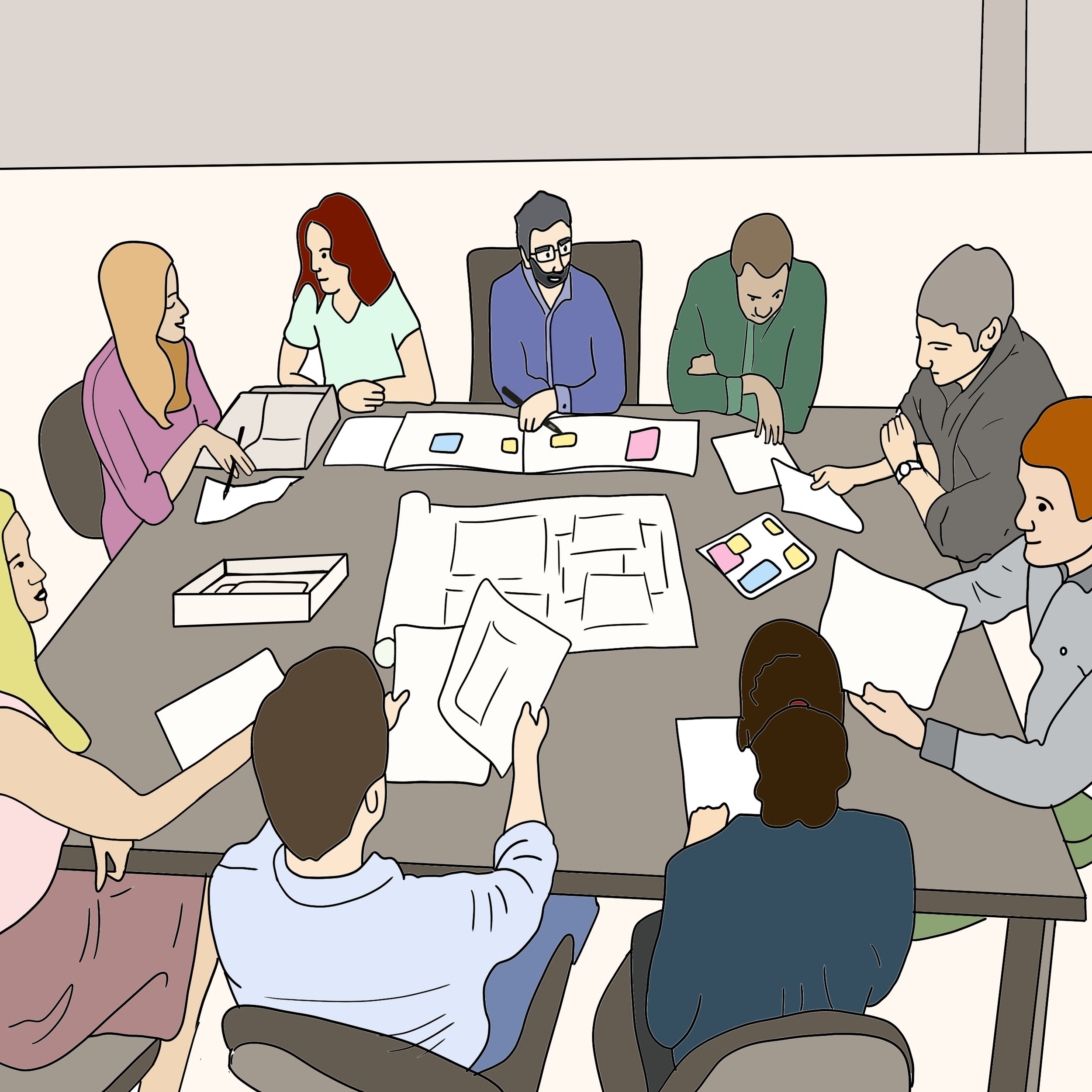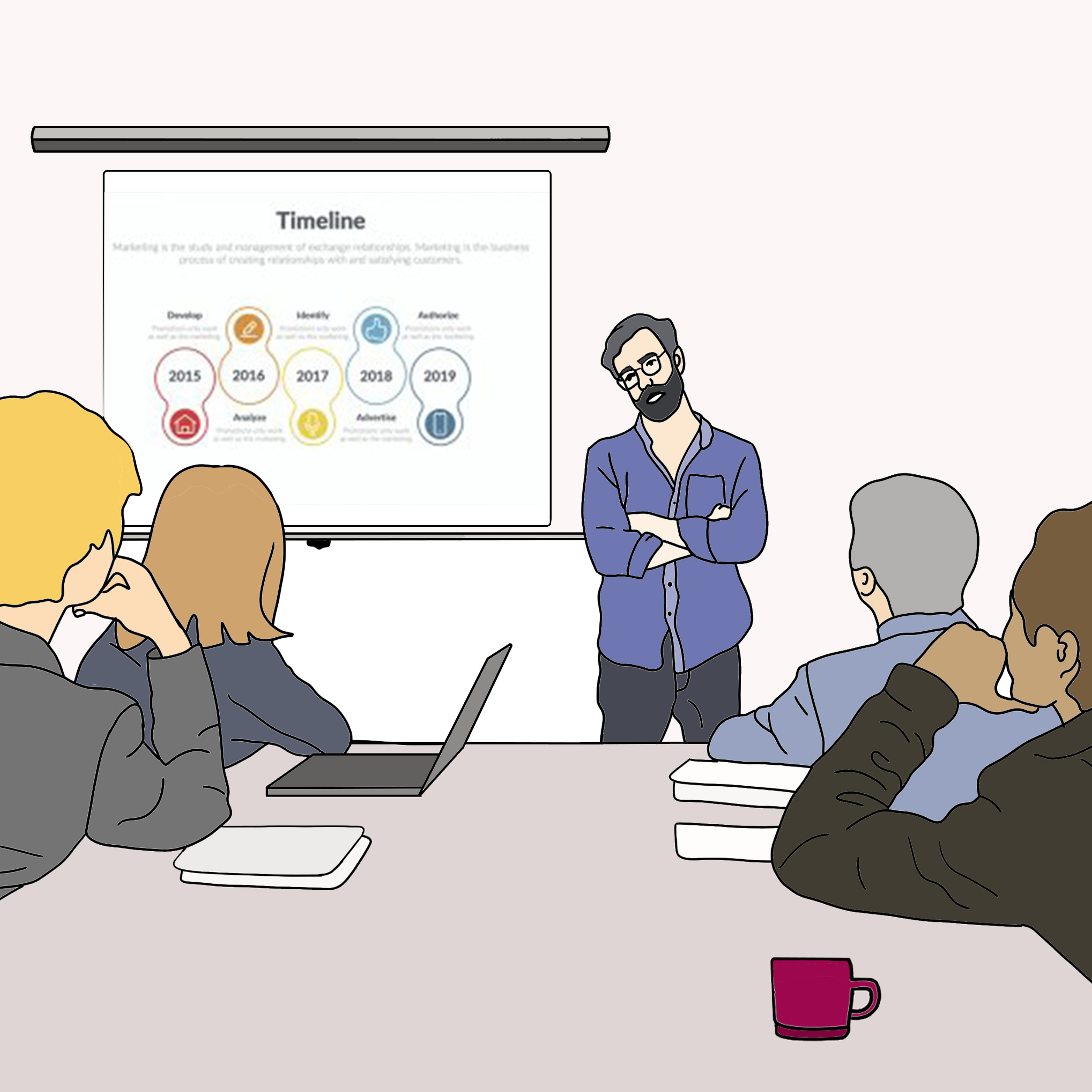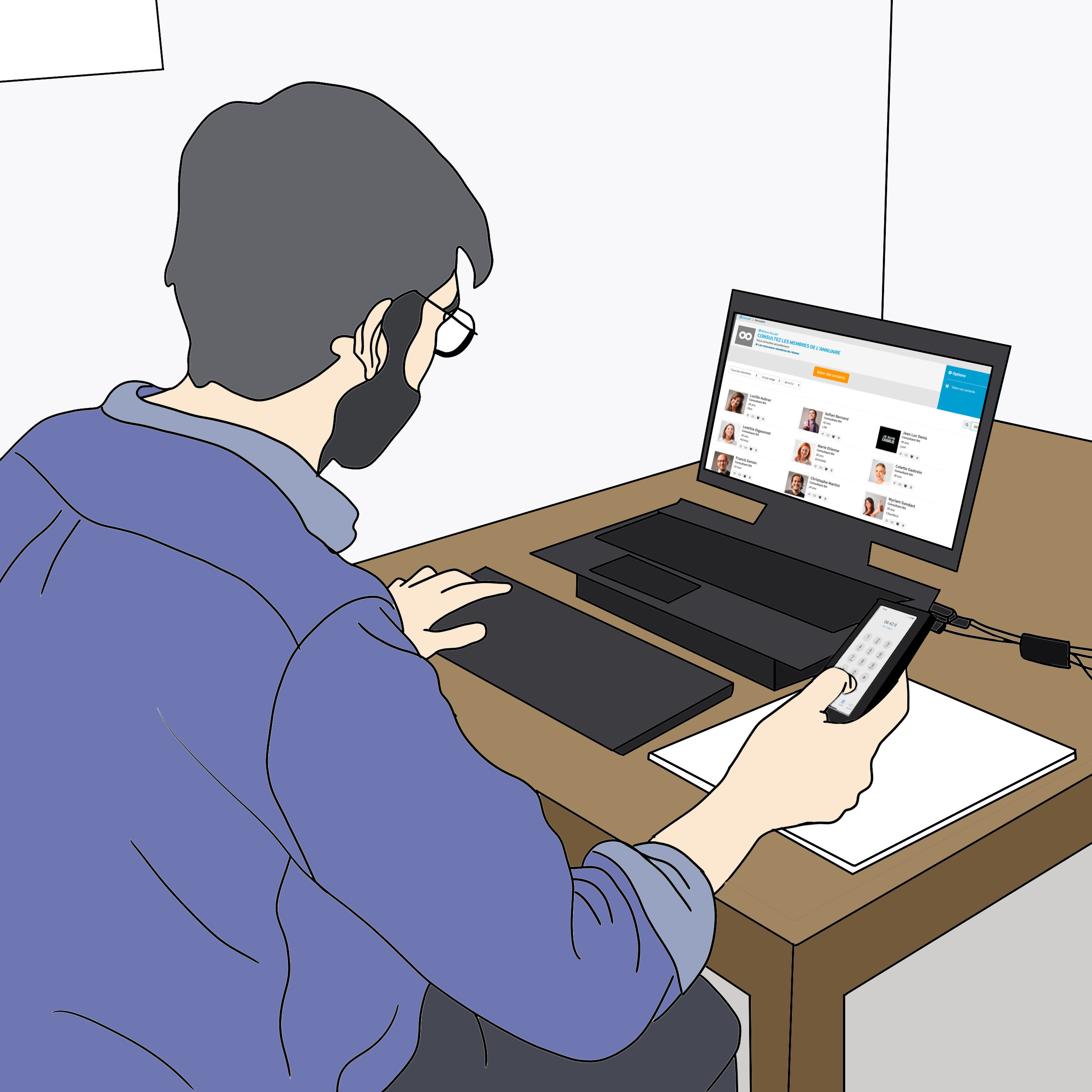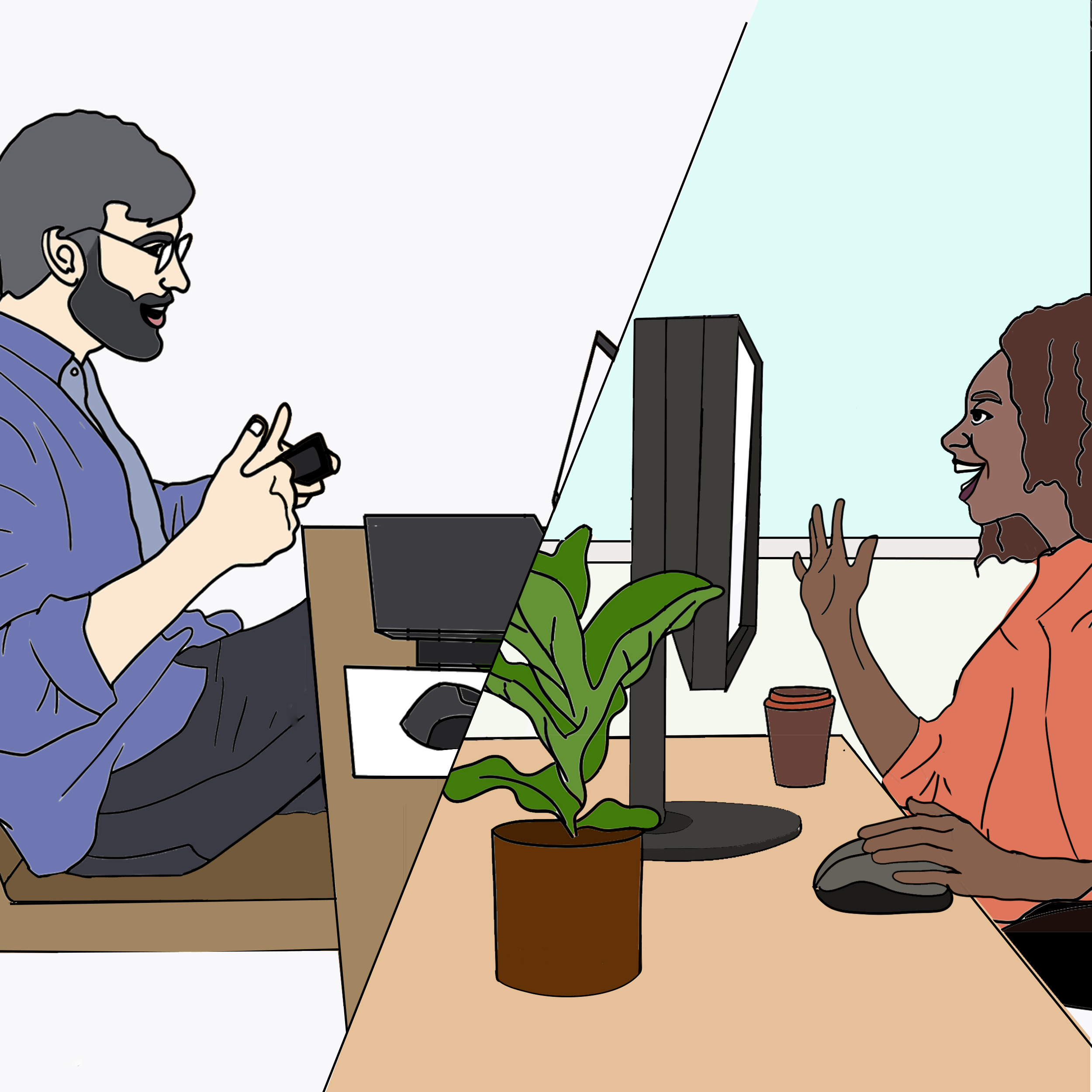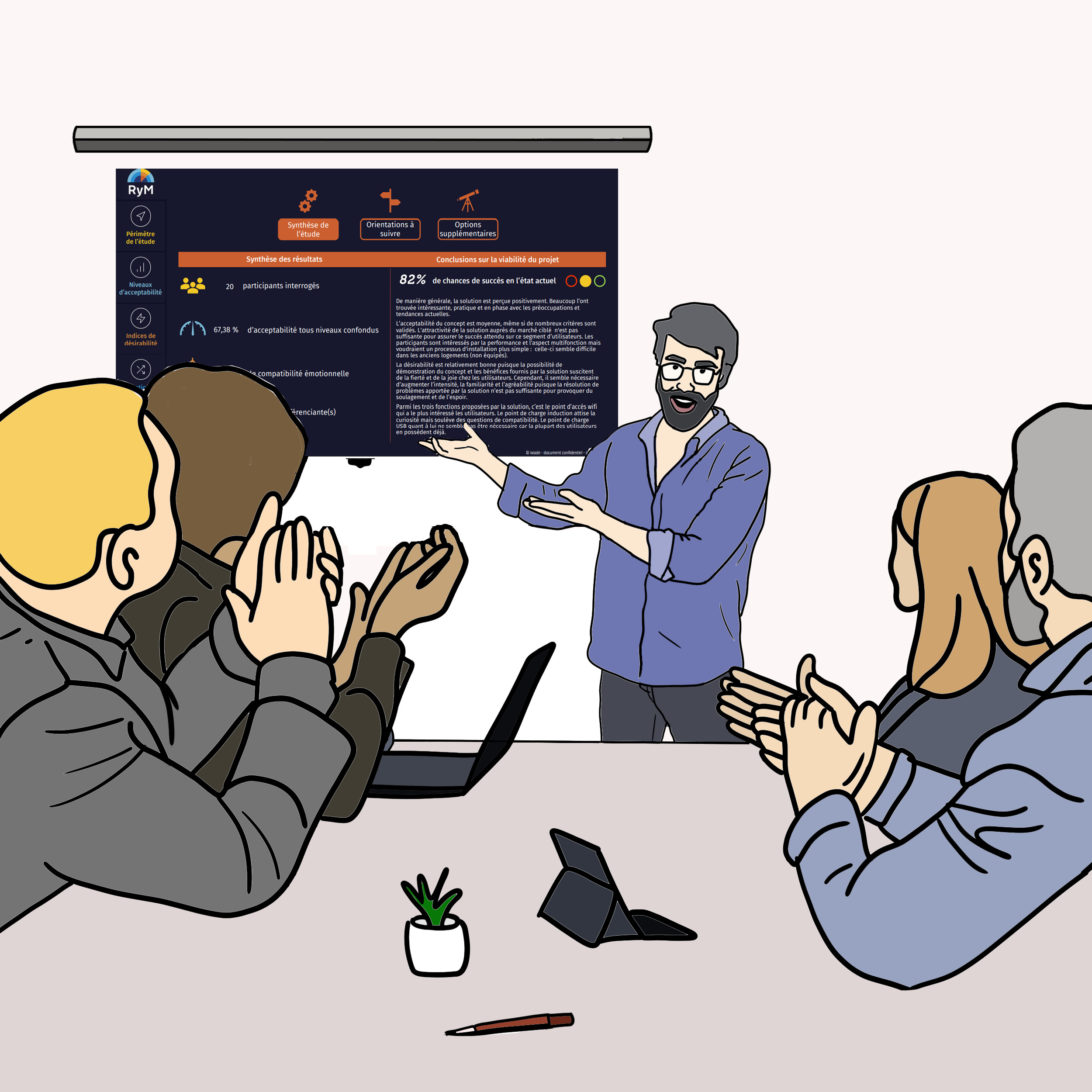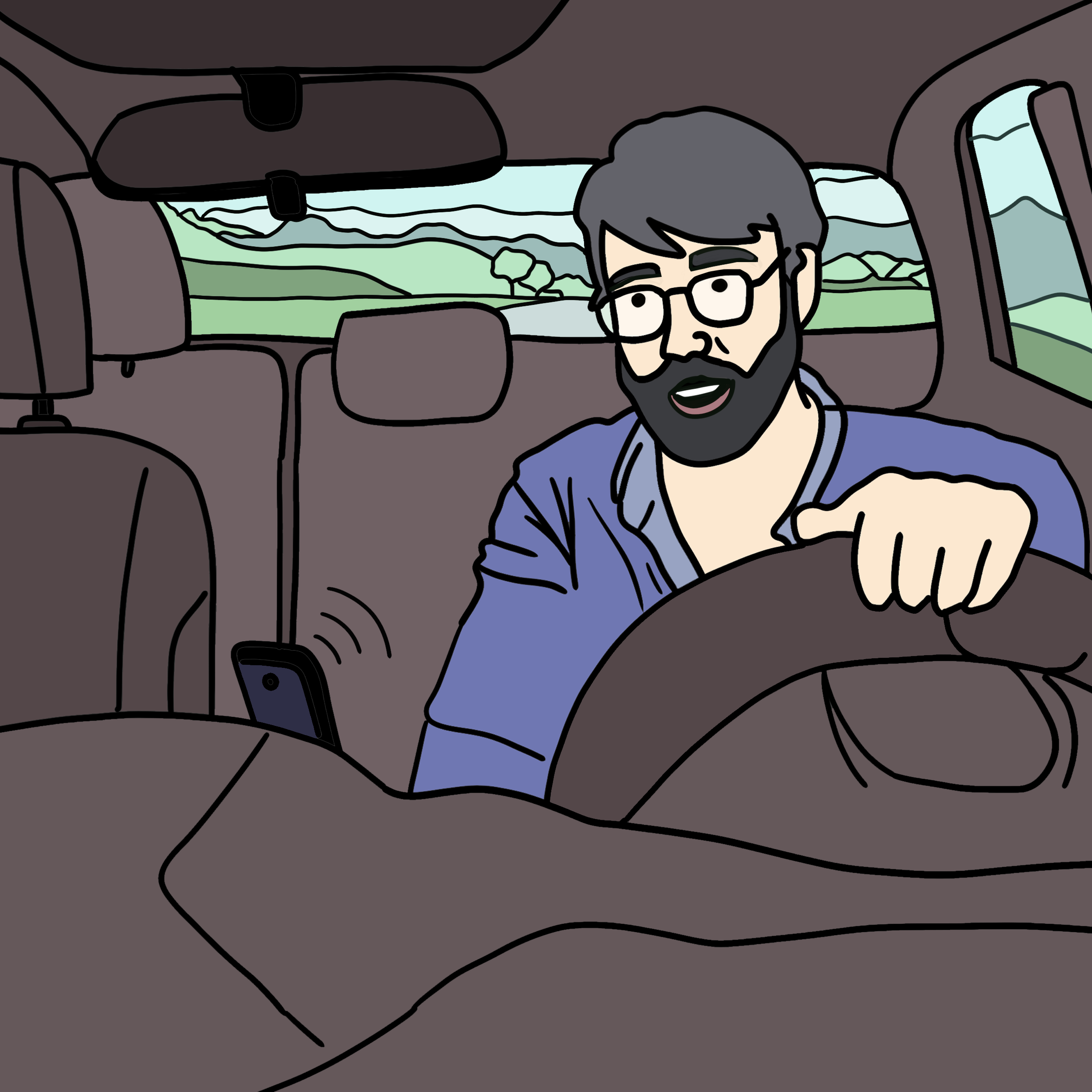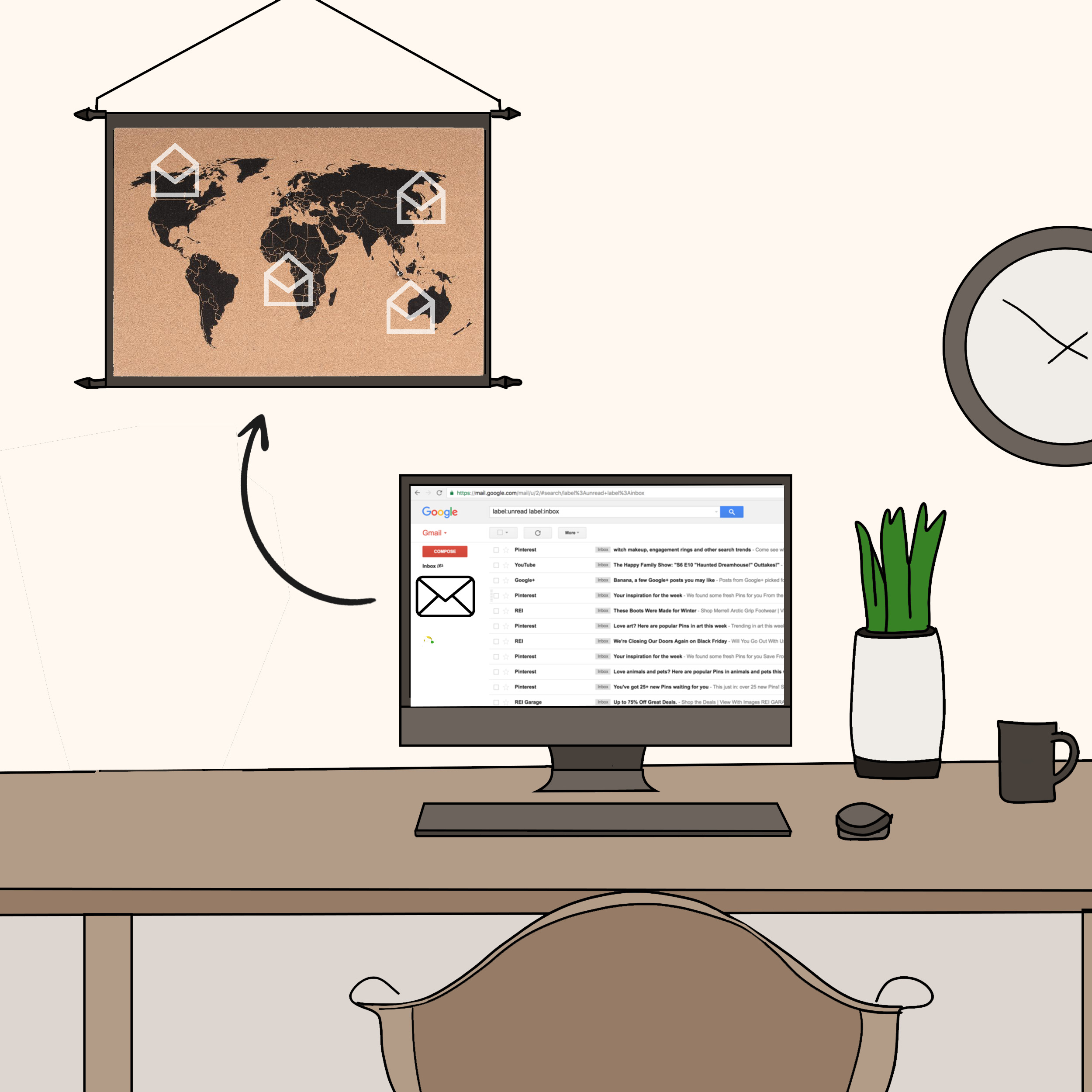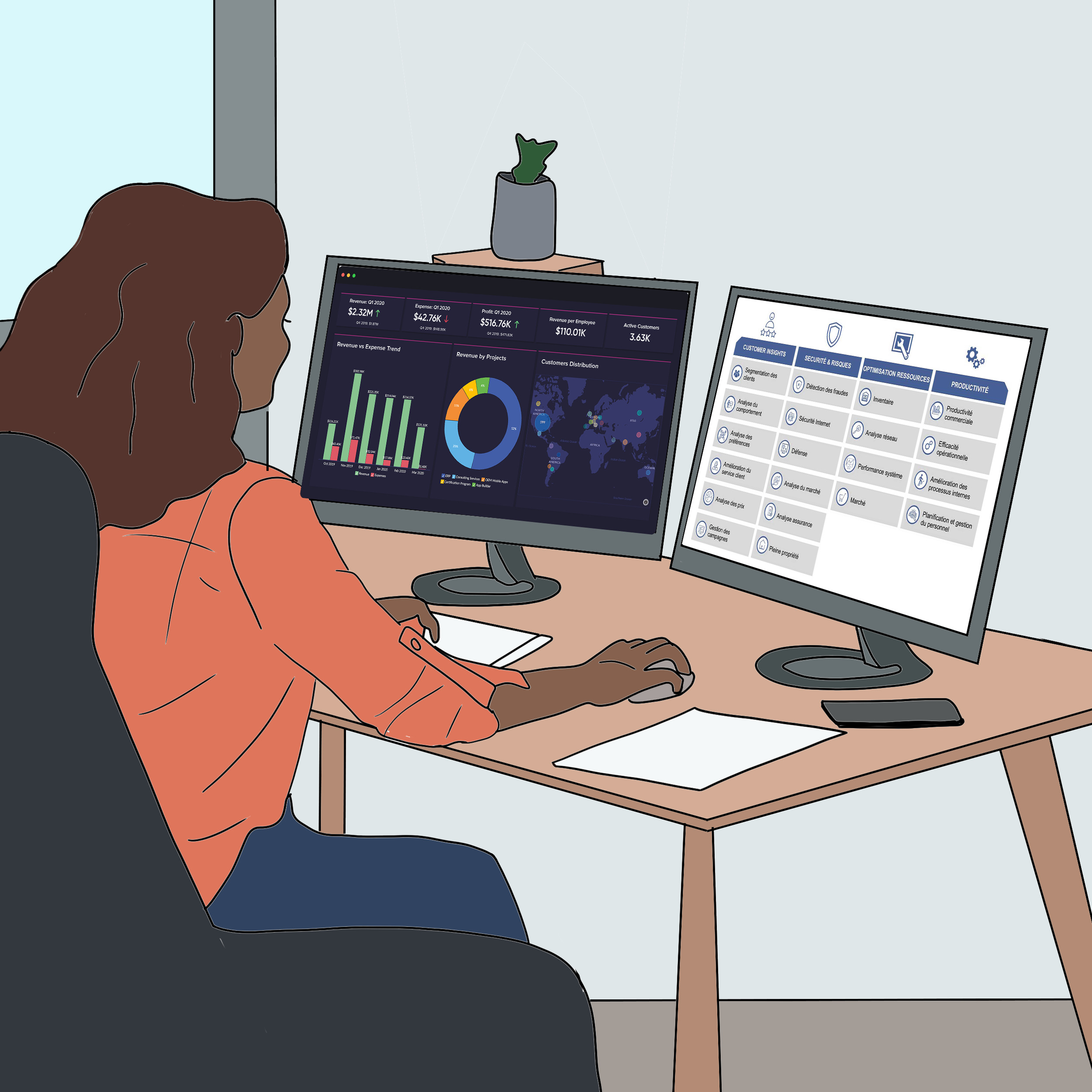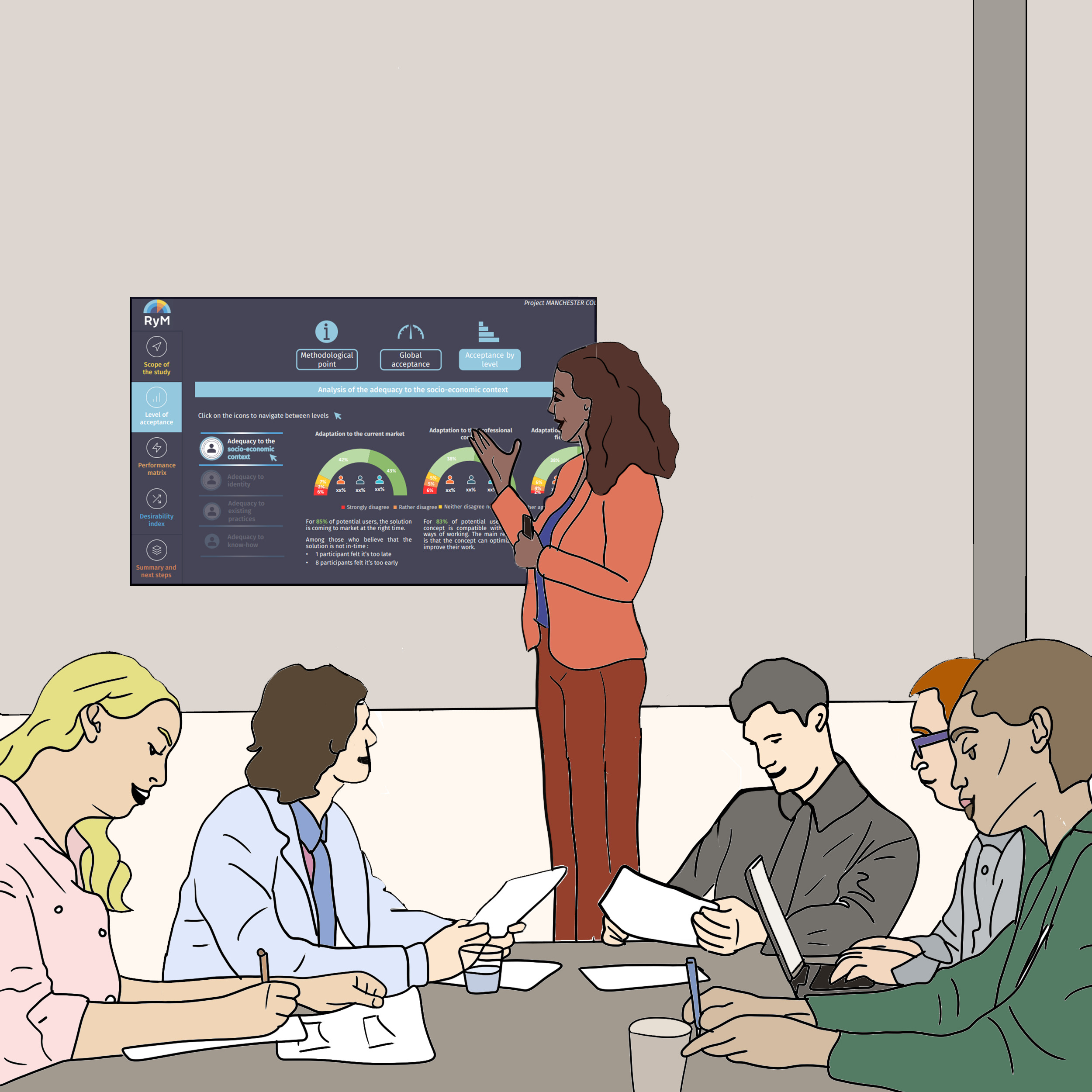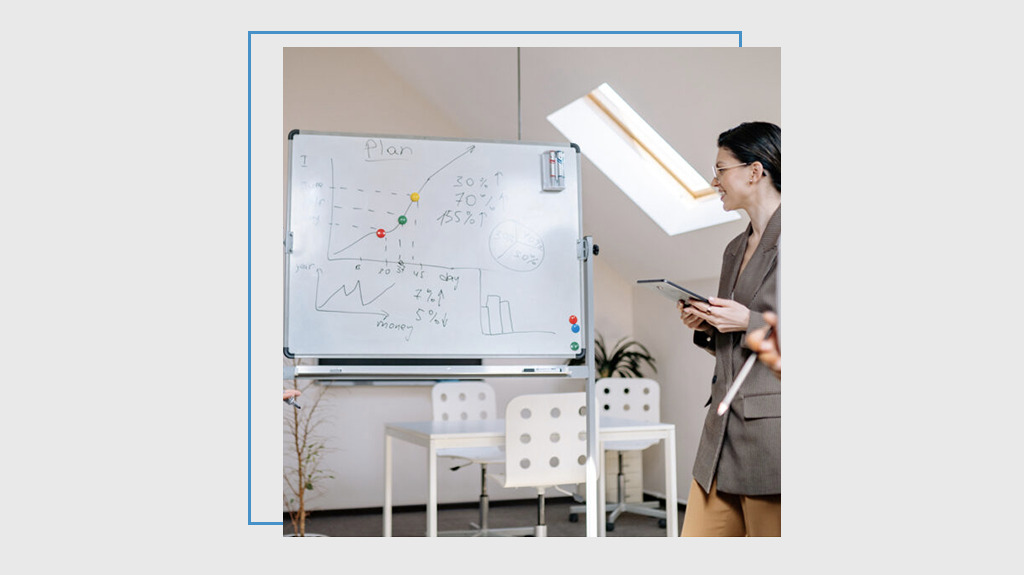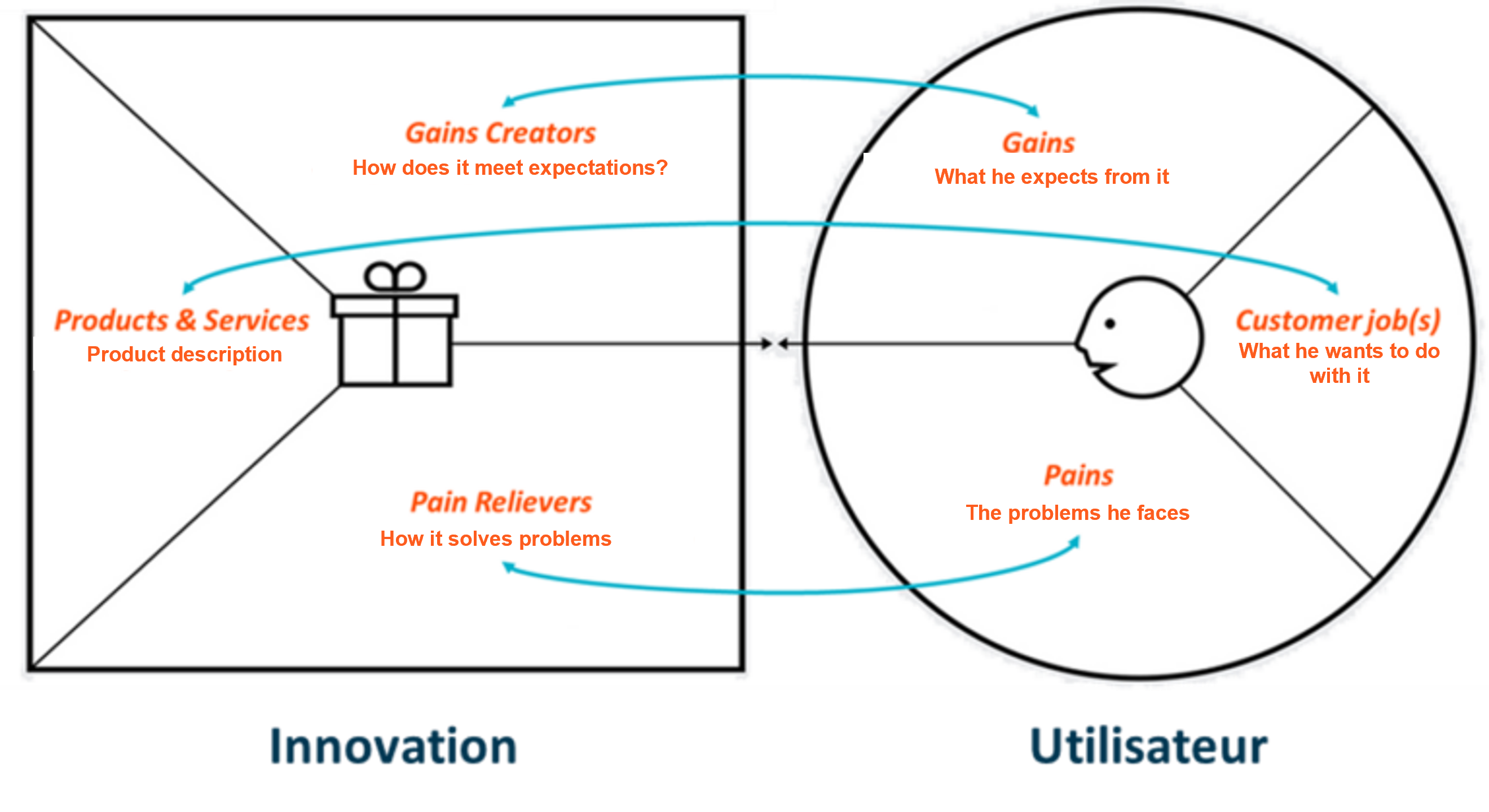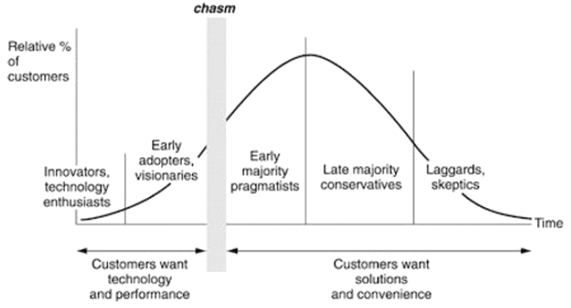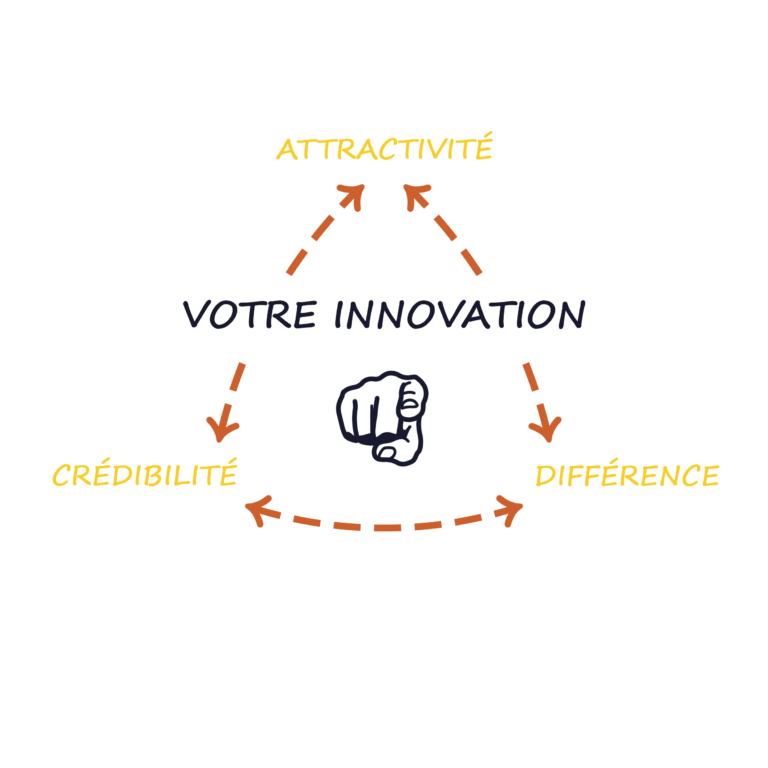Les aides financières indirectes en innovation : zoom sur le CIR et le CII

Author: Syrine Cassagne
Webmarketing manager - Ixiade
Aides et subventions en innovation
Reading time: 8 min
L’innovation est un levier majeur de croissance, mais représente aussi des risques et des investissements importants. En France, les pouvoirs publics placent de plus en plus l’innovation au cœur de leur stratégie afin d’assurer la compétitivité du pays. Depuis les quinze dernières années, le soutien financier à l’innovation a doublé (M. Harfi, R. Lallement et al. source : France stratégie) et la France maintient sa place dans le top 10 des pays les plus actifs en matière de recherche en se plaçant au 6ème rang en termes de nombre de brevets déposés (source – Les Echos Start). Plus récemment, l’innovation a été revalorisée dans le fameux Plan France 2030 dans lequel elle est présentée comme l’unique réponse aux défis majeurs actuels.
Vous l’aurez compris, il fait bon d’innover en France et, pour soutenir les porteurs de projets, les chercheurs et les entrepreneurs engagés dans cette mouvance, un grand nombre d’aides publiques existent. Si vous faites partie de ces innovateurs, nous vous invitons à vous renseigner auprès de la French public investment bank (Bpifrance) dont le rôle est notamment de vous accompagner dans le financement de l’innovation. La fiscalité est également favorable à l’innovation dans notre pays. Aujourd’hui, nous vous proposons un zoom sur les aides indirectes que sont le Crédit d’Impôt Recherche (CIR) and the Crédit d’Impôt Innovation (CII) : deux dispositifs majeurs qui méritent bien un article dédié.
Qu’est-ce que le dispositif de financement "Crédit d’Impôt Recherche" ?
Il fêtera ses 40 ans d’existence dans le paysage économique français l’année prochaine, et pourtant, le Crédit d’Impôt Recherche, est encore relativement peu maîtrisé. Comme tout dispositif public, il requiert des démarches administratives et fiscales parfois complexes, qui peuvent en décourager plus d’un. Pourtant cela vaut généralement le coup de se pencher sur ce dispositif.
Le Crédit d’Impôt Recherche : c'est quoi ?
Tout d’abord, comme tout crédit d’impôt, le CIR est une aide indirecte. Il permet de valoriser les travaux de Recherche et Développement des entreprises en prenant en charge 30% des dépenses engagées. Les travaux de R&D soumis au CIR doivent être menés dans une démarche expérimentale interactive et structurée et doivent apporter de nouvelles réponses, solutions et connaissances, dépassant le cadre de l’état de l’art, afin de lever des incertitudes et des verrous scientifiques et/ou techniques.
Le CIR : comment savoir si vous êtes éligible ?
Le dispositif du CIR s’adresse à toute organisation française assujettie à l’Impôt sur les Sociétés (IS), quels que soient leur taille et leur statut juridique, et effectuant des opérations de recherche éligibles.
Il existe trois typologies d’activités de R&D pouvant être soutenues par le CIR :
- The Recherche fondamentale, qui consiste à mener des travaux expérimentaux et théoriques en vue d’acquérir des connaissances sur des fondements, des phénomènes ou des faits observables, sans envisager d’application ou d’usage à court-terme (exemple : les travaux fondamentaux sur la résonance magnétique nucléaire ont permis de développer plus tardivement le système d’IRM que nous connaissons tous – source : Inserm)
- The Recherche appliquée, qui consiste à mener des travaux originaux en vue également d’acquérir de nouvelles connaissances, mais plus orientées vers des objectifs pratiques concrets et des applications déterminées (exemple : développer de nouvelles solutions digitalisées pour comprendre et appréhender le comportement humain)
- Et enfin, le Développement expérimental, qui consiste à mener des travaux systématiques fondés sur des connaissances issues de la recherche et de l’expérience du terrain en vue de produire de nouvelles connaissances techniques au service du développement d’innovations (exemple : nouveaux produits, services, nouveaux procédés, amélioration de produits ou de procédés, …).
Pour savoir si le CIR est fait pour vous, il existe deux autres critères d’éligibilité incontournables : le fait de développer un projet qui se distingue de l’existant (comme évoqué plus haut, qui va plus loin que l’état de l’art) et le fait d’impliquer des ingénieurs et/ou des jeunes docteurs dans le développement de ce projet R&D.
Bien entendu, nous reprenons ici les bases de l’éligibilité au Crédit d’Impôt Recherche mais il existe bien d’autres exigences. C’est pour cela que nous vous recommandons de tester gratuitement l’éligibilité de votre projet au CIR en amont de toutes vos démarches administratives.
Qu’est-ce que le dispositif de financement "Crédit d’Impôt Innovation" ?
Le Crédit d’Impôt Innovation : c'est quoi ?
Le Crédit d’Impôt Innovation, plus jeune dispositif fiscal (né en 2013), est le « cousin germain » du CIR, même s’il ne bénéficie pas de la même notoriété. En effet, ce dernier, encore relativement méconnu des entrepreneurs, est pourtant tout aussi intéressant. Il valorise, quant à lui, les PME qui développent un ou des produit(s) innovant(s) présentant des performances supérieures à l’existant ou qui répondent à des besoins marché non comblés, en prenant en charge 20% des dépenses engagées.
Le CII : comment savoir si vous êtes éligible ?
Contrairement au CIR qui est ouvert à tout type d’organisation, le CII s’adresse uniquement aux PME (moins de 250 salariés) et inclut également des exigences au niveau des performances (moins de 50 millions d’euros de chiffre d’affaires ou un bilan inférieur à 43 millions d’euros). Ces premiers critères d’éligibilité évoqués permettent de tout de suite comprendre si ce dispositif est fait pour vous.
Il existe ensuite différents types d’activités qui peuvent être soutenus par le CII :
- Le développement de produits innovants et différenciants sur le marché
- Le développement de services innovants dans la mesure où ils sont accompagnés d’une composante technologique (exemple : une application SAAS)
- Et enfin, la conception et le développement de prototypes ou l’installation de pilotes pour des produits.
Comme pour le CIR, le CII comprend de nombreux autres critères qui détermineront l’éligibilité ou non de votre projet. Ainsi, cette fois-ci encore, nous vous recommandons de tester l’éligibilité de votre projet au dispositif du CII.
En pratique : comment réaliser vos déclarations CIR ou CII ?
Les étapes clés pour vos demandes de CIR ou CII
Au moment de votre déclaration de Crédits d’Impôt Recherche et/ou Innovation, vous allez devoir informer l’administration en saisissant les postes importants qui composeront ensuite l’assiette à laquelle vous pourrez prétendre :
- Premier point à renseigner, c’est la phase dans laquelle le projet se situe, pour cela, vous pouvez notamment vous référer à l’échelle TRL qui détermine les paliers d’un projet
- Ensuite, vous allez devoir renseigner des informations concernant les membres de l’équipe projet, les coordonnées, les parcours universitaires, les diplômes et bien entendu les informations salariales
- Et enfin, vous allez devoir édifier un suivi des dépenses relatives à votre projet RDI (sur les postes de dépenses éligibles : salaires, sous-traitance, propriété intellectuelle, matériel et dotations aux amortissements).
Une fois que vous aurez réaliser ces différentes saisies, elles seront formalisées dans le formulaire CERFA associé (n°2069A).
Dans le cas d’un contrôle, vous devrez fournir à l’administration un dossier technique justificatif. Même si les contrôles ne sont pas systématiques, voire relativement rares, il est toutefois recommandé d’anticiper et de se faire accompagner sur la rédaction de ce dossier. Comme le dit l’adage : « Mieux vaut prévenir, que guérir ».
Zoom sur la plateforme Project Netboard dédiée à la valorisation de votre CIR ou CII
Et s’il existait une plateforme pour réaliser tout cela en toute simplicité grâce à un parcours guidé et rapide ? Vous en rêviez, elle existe ! Et elle s’appelle Project Netboard (Pnb). Ce service digitalisé vous aide à valoriser vos crédits d’impôt et vous permet de faire l’ensemble des calculs nécessaires instantanément, en fonction de vos saisies.
En quelques clics, vous pouvez ainsi réaliser vos saisies et exporter les documents conformes à ce qui est demandé par l’administration fiscale. De plus, avec Project Netboard, vous bénéficiez d’un suivi personnalisé de vos projets R&D en toute sécurité (RGPD et respect de la confidentialité des projets), alors vous n’avez plus qu’à vous lancer !



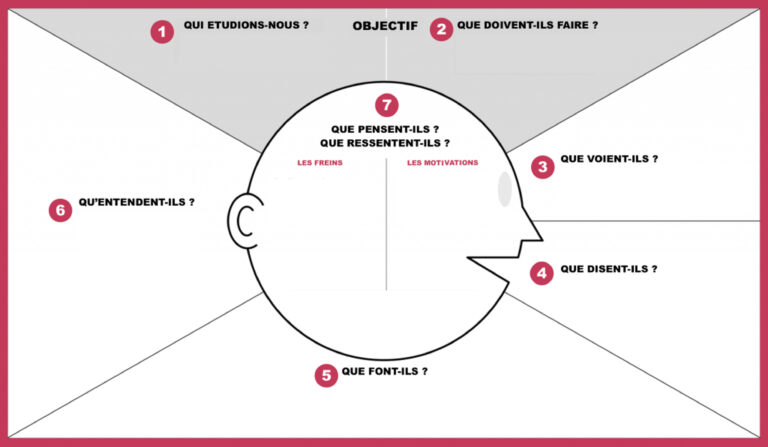
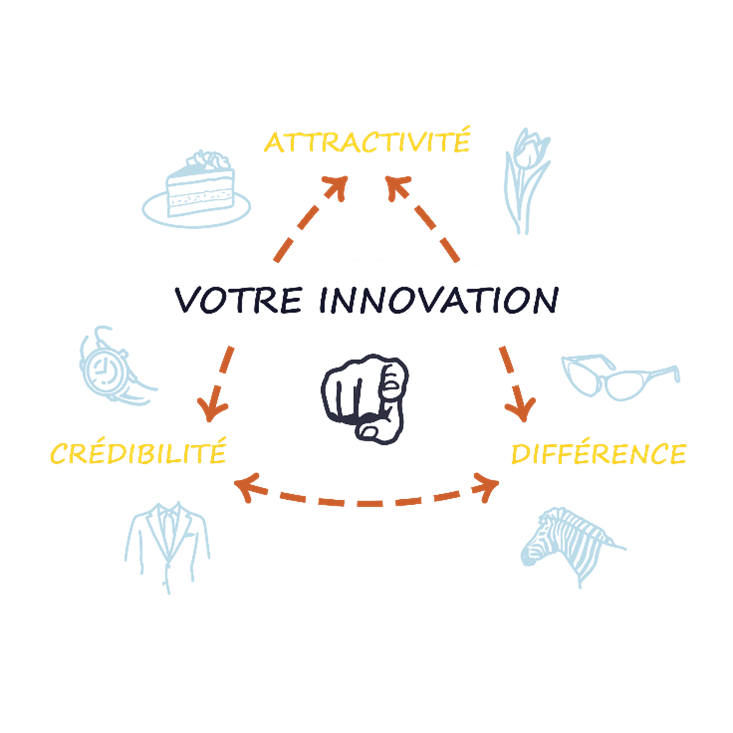




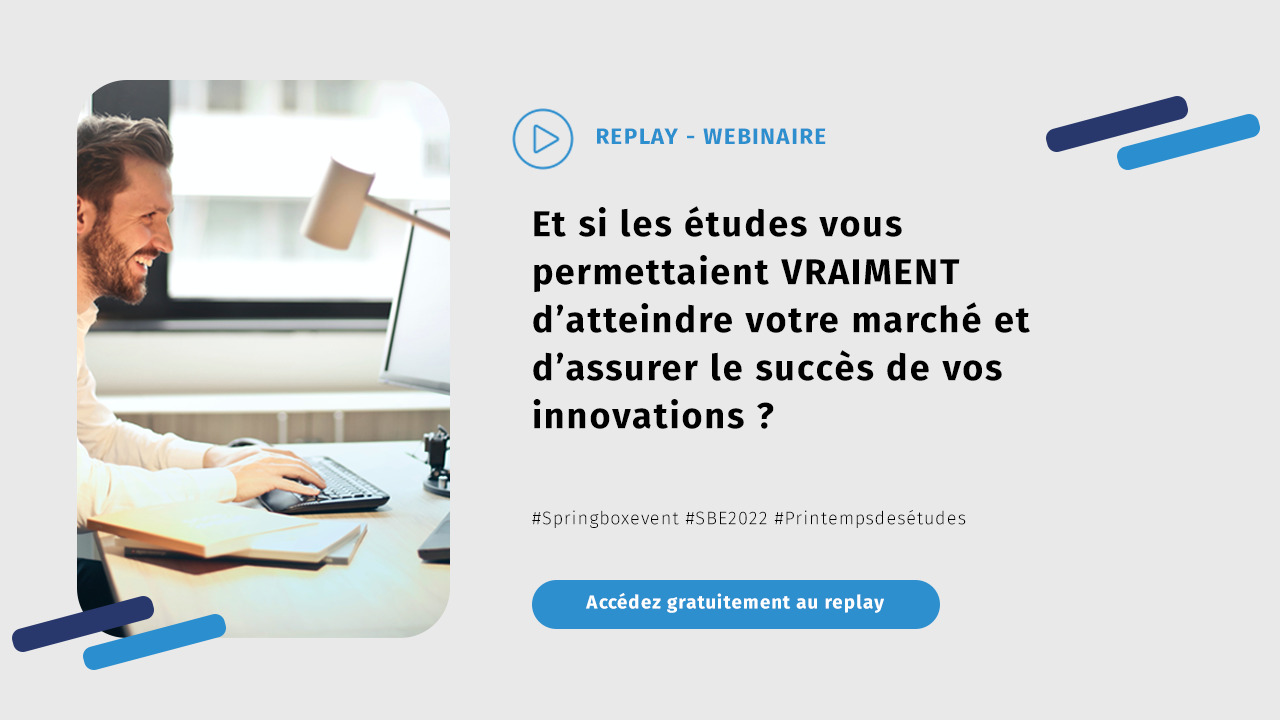


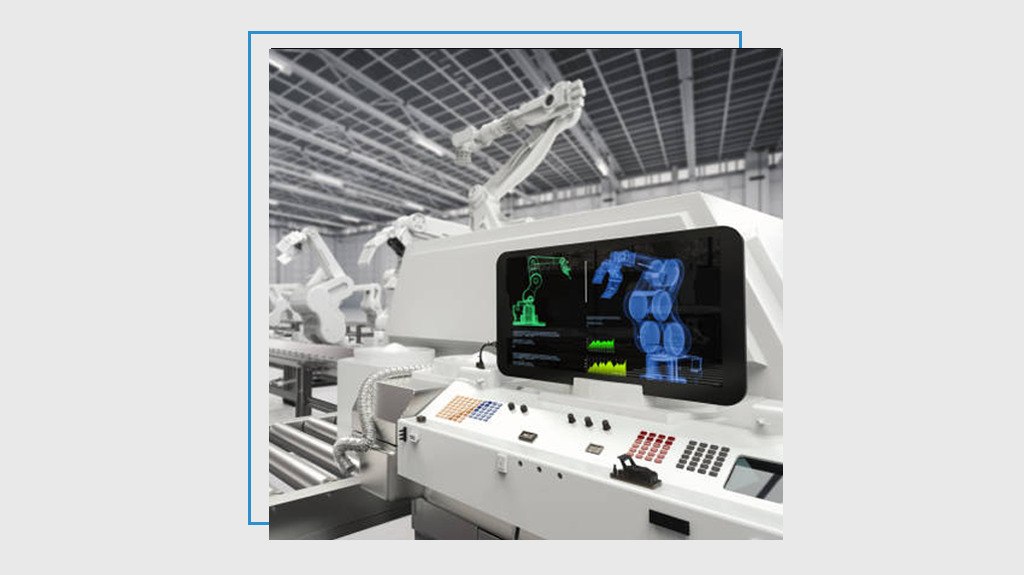
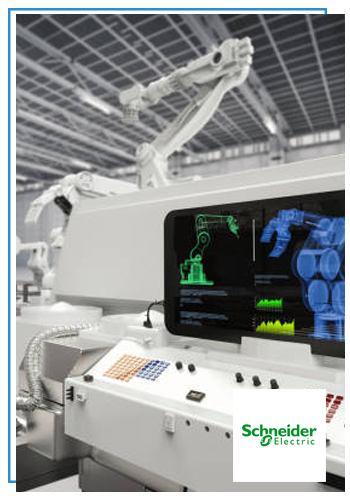
![RyM – NOS SERVICES EN HISTOIRE [EPISODE 3]](https://www.reach-your-market.com/wp-content/uploads/2022/06/histoire-3.png)
